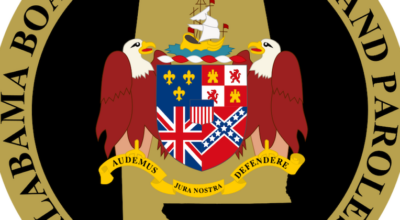911 board passes funding increase
Published 4:55 pm Wednesday, September 12, 2012
The Chilton County 911 Board passed an increase in dispatch fees that will raise an additional $80,852 over the coming fiscal year that 911 Director Dan Wright said was needed to maintain his agency’s current level of service.
The board passed the increase by a 5-0 vote. Sheriff Kevin Davis abstained, and North Chilton Fire Department Chief Jason Scott was absent from the meeting on Aug. 30.
Previous funding proposals by Wright had been rejected, including one on Aug. 9 that would have brought in an additional $307,177.68 in Fiscal Year 2013. That proposal was part of a 10-year plan Wright developed to get the agency to an acceptable staffing level.
Wright said the most recent proposal is a temporary fix.
Passage of the proposal won’t equate to more money in 911’s coffers; each of the agencies involved will still have to hand over the increased amounts.
But the mood during the Aug. 30 meeting was one of cooperation. In fact, the 911 board is made up of leaders of the very agencies that would have to pay more.
The Chilton County Commission, whose financial shortcomings have been well-documented, might be the most difficult to sell on the new funding plan.
“We’ve just increased their bill,” Wright said. “That’s essentially what we’ve done.”
Below are the amounts each emergency agency would pay for 911 dispatch fees under the new funding plan, followed by the increase over the previous fiscal year:
•Chilton County Commission (including rural fire departments): $163,269; an increase of $20,464.86.
•City of Clanton (the number for each municipality includes both police and fire departments: $90,702; an increase of $49,330.91.
•City of Jemison: $21,091.59; an increase of $8,683.59.
•Town of Maplesville: $10,160.15; an increase of $5,360.15.
•Town of Thorsby: $6,517.23; a decrease of $2,986.77.
Wright arrived at the figures by adding the amount needed to maintain the current level of service ($80,852.74) onto and the amount of total revenue anticipated for the fiscal year, and then dividing the total amount equally among the agencies based on the percentage of calls the municipality comprises of the total number of calls.






